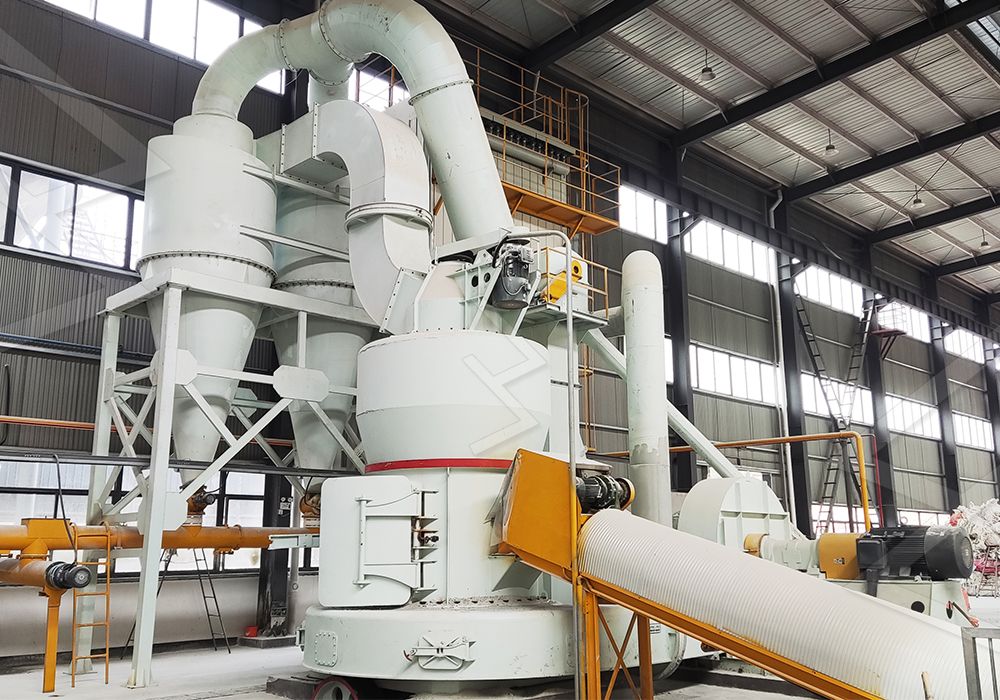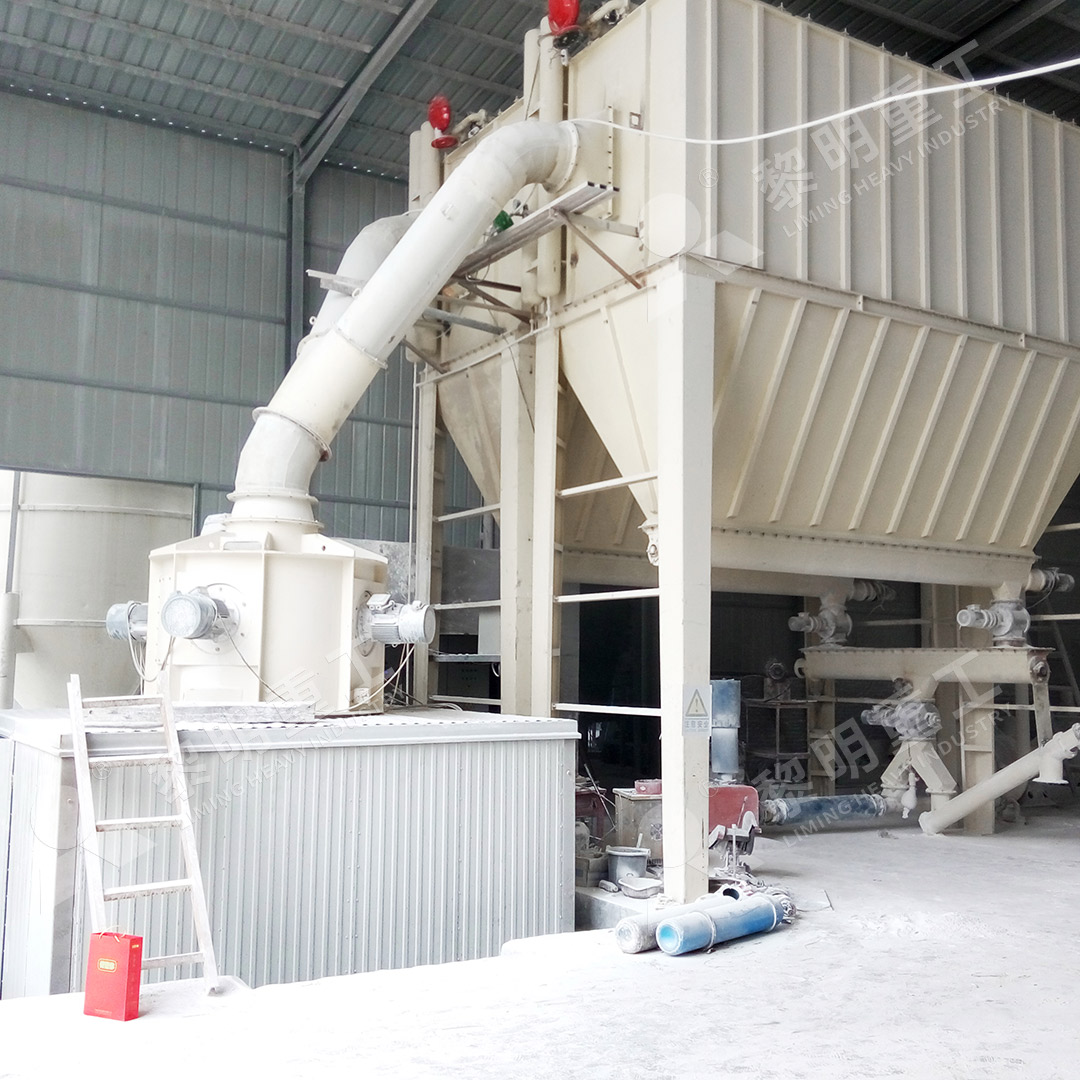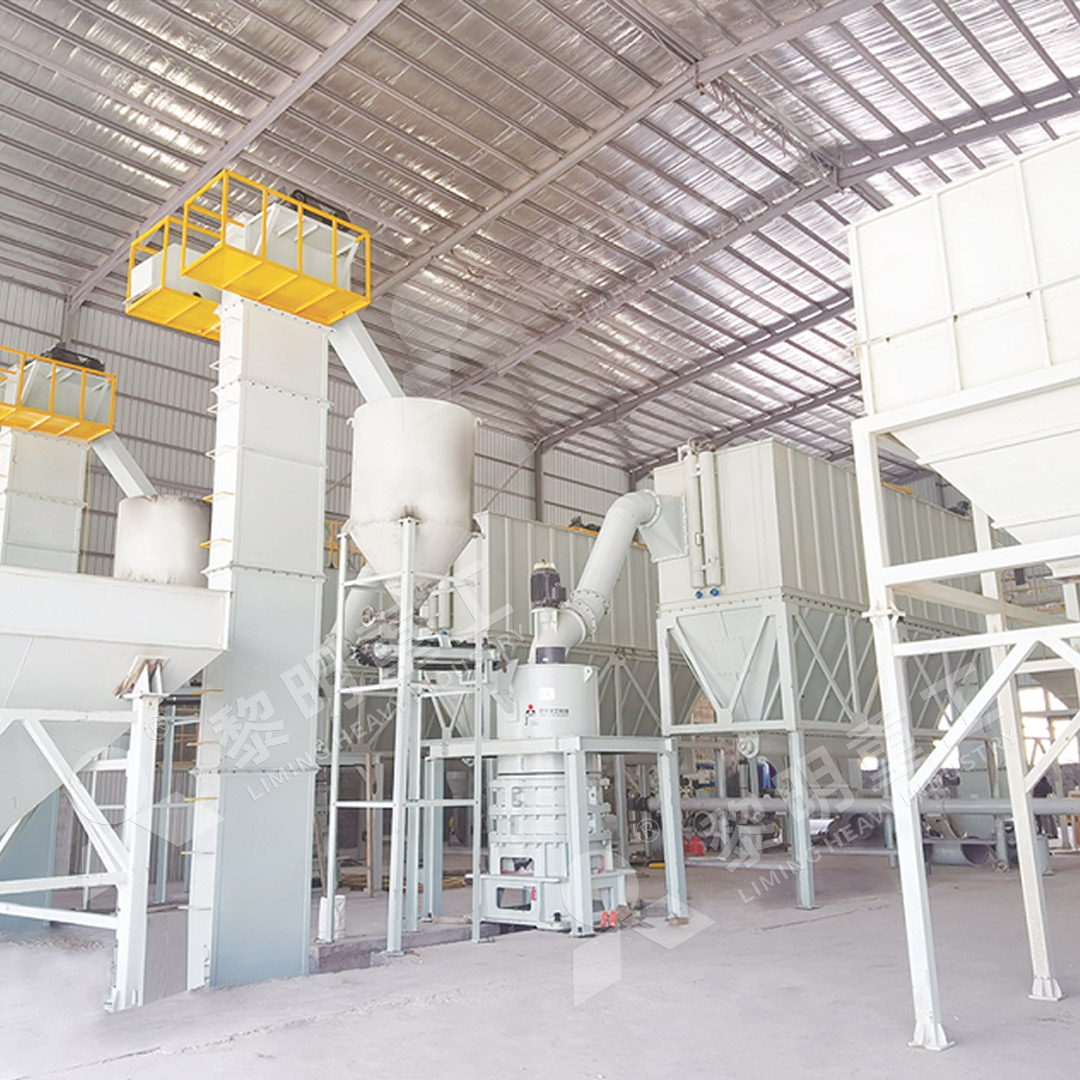Raymond Mill for Limestone Powder Production
Raymond Mill for Limestone Powder Production
Limestone powder production represents a cornerstone of numerous industrial processes, serving as a critical raw material in construction, agriculture, manufacturing, and environmental applications. For decades, the Raymond Mill has stood as a reliable workhorse in this field, offering a robust solution for transforming raw limestone into fine, consistent powders.
The traditional Raymond Mill operates on a well-established principle. Material is fed into the grinding chamber where rotating rollers, powered by a central shaft, exert centrifugal force against a stationary grinding ring. The limestone is crushed and ground between these components. A built-in classifier then ensures that only particles meeting the desired fineness proceed to the collection system, while coarser material is recycled for further grinding. This closed-circuit system is renowned for its straightforward operation and dependable performance for general-grade powders.

However, as industry demands have evolved, pushing for higher purity, ultra-fine particle sizes, and enhanced energy efficiency, the limitations of conventional mills become apparent. The quest for superior product quality and operational economy has driven technological innovation, leading to the development of advanced grinding solutions that build upon the foundational Raymond Mill concept.
The Evolution to Ultrafine Grinding
Modern industrial applications frequently require limestone powders with fineness levels exceeding 325 mesh, often reaching into the 1000-2500 mesh range for specialized uses in plastics, paints, and high-grade coatings. Achieving this level of fineness consistently and efficiently demands a new generation of milling technology.
For operations requiring a significant leap in performance, we highly recommend our MW Ultrafine Grinding Mill. This machine is specifically engineered for customers who need to make ultra-fine powder with superior efficiency. With an input size of 0-20 mm and a capacity range of 0.5-25 tph, it is perfectly suited for medium to large-scale limestone powder production. The MW Mill is equipped with an efficient pulse dust collector and muffler, ensuring that the entire production process meets stringent environmental standards for dust and noise emissions.

Key Advantages of Advanced Grinding Technology
The technological advancements in mills like the MW series translate directly into tangible benefits for producers:
- Higher Yielding with Lower Energy Consumption: Newly designed grinding curves of the grinding roller and ring enhance efficiency dramatically. Compared to jet mills or ball mills, the MW Ultrafine Grinding Mill can increase production capacity by up to 40% while reducing system energy consumption by as much as 70%.
- Precise and Adjustable Fineness: With a German-technology cage-type powder selector, the product fineness can be seamlessly adjusted between 325 and 2500 meshes, achieving a screening rate of d97≤5μm in a single pass.
- Enhanced Reliability: A critical design feature is the absence of rolling bearings and screws inside the grinding chamber. This eliminates common failure points, preventing machine damage from loose screws or bearing seal failures, and allows for external lubrication without shutdown.
For operations prioritizing vertical integration and space efficiency, our LUM Ultrafine Vertical Grinding Mill presents an excellent alternative. Integrating grinding, grading, and transporting into a single, compact unit, the LUM Mill is independently designed by LIMING and incorporates the latest grinding roller and powder separating technologies. It offers an input size of 0-10 mm and a capacity of 5-18 tph, making it ideal for producing superfine dry powder from non-metal ores like limestone.

Making the Right Choice for Your Operation
Selecting the appropriate mill is a strategic decision that impacts product quality, operational cost, and long-term profitability. While the classic Raymond Mill remains a valid choice for standard applications, the advanced capabilities of the MW and LUM series offer a clear path forward for producers aiming for the premium powder market, greater energy savings, and a reduced environmental footprint.
Both the MW Ultrafine Grinding Mill and the LUM Ultrafine Vertical Grinding Mill are backed by LIMING’s commitment to quality, featuring digitalized processing for high precision and a sufficient supply of original spare parts to ensure worry-free, continuous operation.
Frequently Asked Questions (FAQ)
What is the typical fineness range achievable with a standard Raymond Mill for limestone?
A traditional R-series Raymond Mill is typically capable of producing limestone powder with a fineness ranging from 30 to 425 mesh.
How does the MW Ultrafine Grinding Mill achieve lower energy consumption?
The MW Mill utilizes optimized grinding curves and a highly efficient powder selection system. This design reduces the energy required to achieve a given fineness, consuming only about 30% of the energy of a comparable jet mill.
Can these mills handle moist limestone?
While the basic Raymond Mill is for dry grinding, our LUM Ultrafine Vertical Grinding Mill and LM Vertical Mill integrate a drying function, allowing them to handle materials with some moisture when equipped with a hot air source.
What makes the ‘no rolling bearing in the chamber’ design advantageous?
This design, featured in the MW Mill, drastically improves reliability by removing a primary wear component from the harsh, high-dust environment of the grinding chamber. This leads to less maintenance and eliminates downtime caused by bearing failure.
Are these mills suitable for other materials besides limestone?
Absolutely. Both the MW and LUM mills are highly versatile and can process a wide range of non-metallic minerals, including calcite, dolomite, talc, barite, and petroleum coal, among others.
